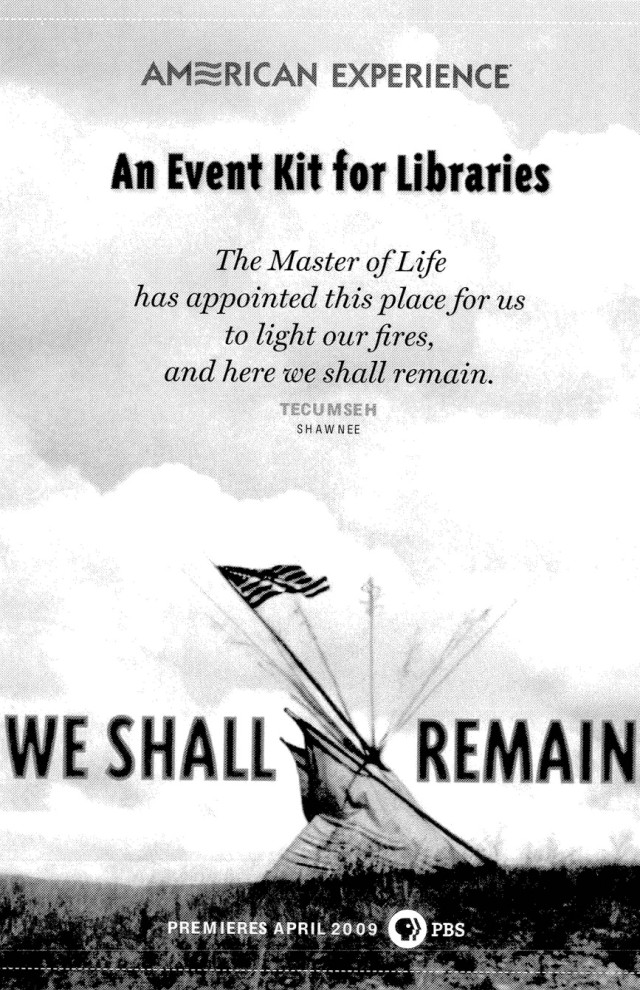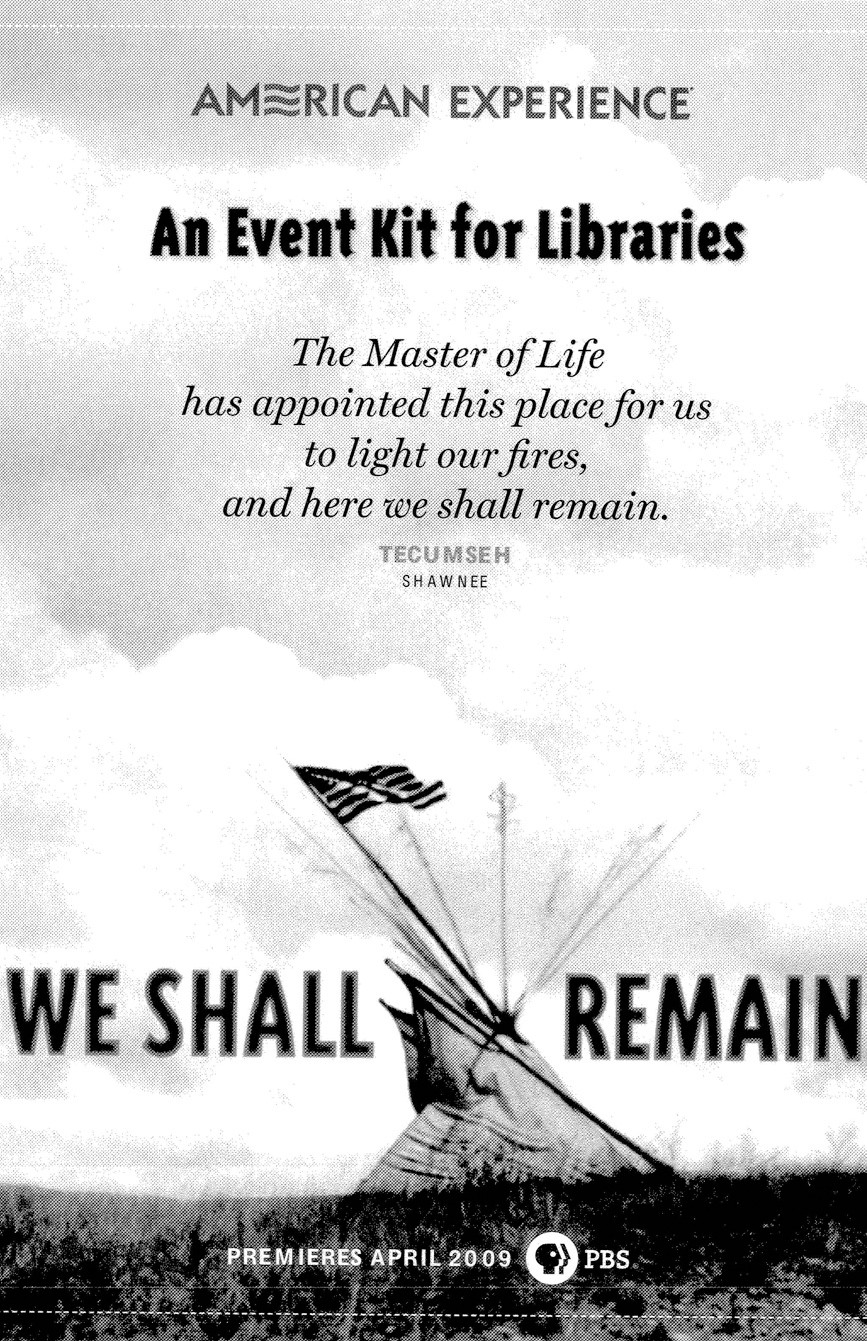WIESBADEN, Germany -- U.S. Army Garrison Wiesbaden employees paused to remember the original inhabitants of the continent that today is known as North America during a lunch and learn workshop Nov. 3.
The event, aimed at promoting awareness and understanding of the rich diversity of Native American culture, was organized by the garrison's Equal Employment Opportunity Office, with support from the Wiesbaden Library, during National American Indian and Alaska Native Heritage Month.
Wiesbaden Library Director Joyce Greene opened the event by quizzing attendees on common stereotypes about Native Americans. Incorrect notions such as all Native Americans live in teepees and on reservations were discussed, leading to the highlight of her presentation - a preview of the Public Broadcasting Service's documentary series, "We Shall Remain."
The five-part film, a retelling of five historical accounts of encounters between Europeans and Native Americans, features Native American actors and directors and is told from the viewpoint of Native American historians and storytellers, rather than what most American schoolchildren have learned over the years in classrooms, Hollywood movies, books and television shows.
"To hear it from the Native American perspective is important," said Greene, describing her German and Seminole heritage.
The Wiesbaden librarian talked about how important it is for all Americans to become better versed in the true history of the United States to respect the contributions made by Native Americans throughout the nation's development, despite adversity, hardships and bitter challenges put upon the original inhabitants by European expansion and settlement.
"Every tribe in this country has a time of horror - of absolute horror," she said, describing how the people of different tribes were continuously forced westward, leaving their homelands behind for less accommodating reservations. She also looked back to the last century when Native American children were made to leave their families on the reservations to attend boarding schools where they weren't allowed to acknowledge their own culture.
"When you think about Native Americans, through history they were forced to move West - forced to leave their homes - forced onto reservations ... and yet they survived and they made it," she said.
The five-part documentary, portraying the encounter between the Pilgrims and Wampanoag people in the 17th century ("After the Mayflower"), Shawnee commander Tucumseh's intertribal confederacy aimed at stopping European expansion in the 19th century ("Tecumseh's Vision"), the forced relocation of several tribes on the Cherokee
Trail of Tears in 1838 ("Trail of Tears"), Chicicahua Apache leader Geronimo's resistance in the 19th century ("Geronimo") and the takeover of Wounded Knee, S.D., by members of the Oglala Lakota Nation and American Indian Movement activists in 1973 ("Wounded Knee") is available for check-out from the Wiesbaden Library and online at www.pbs.org.
"I invite you to look at pbs.org and view the series," said Greene. "I invite you to come to the library - we also have more resources."
"We do this to remind us of our diverse workforce, our diverse nation and, of course, to be more sensitive to our diversity," said Ron Vitiello of the garrison's Equal Employment Opportunity Office, inviting all members of the community to become involved in celebrating and observing the multifarious make-up of America's population and culture.


Social Sharing